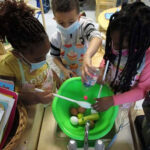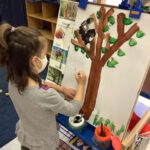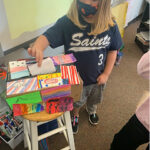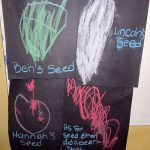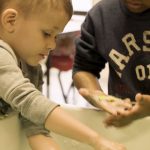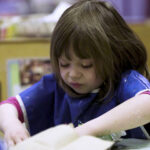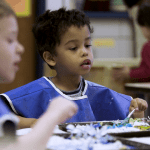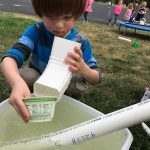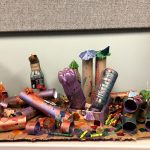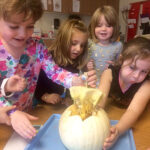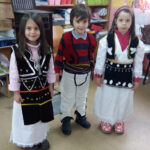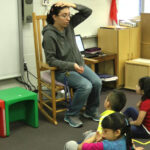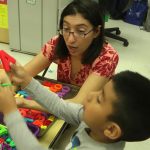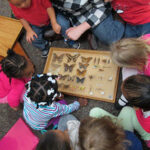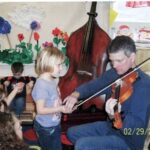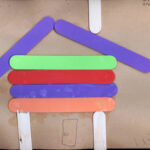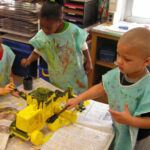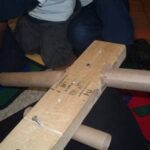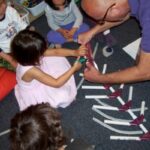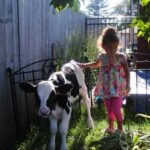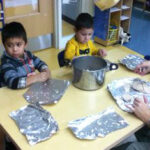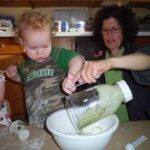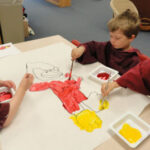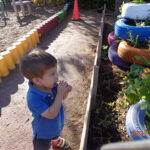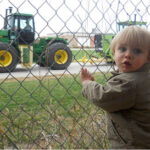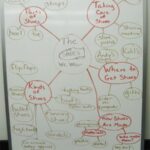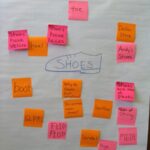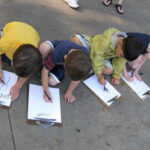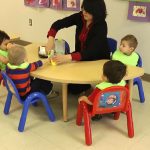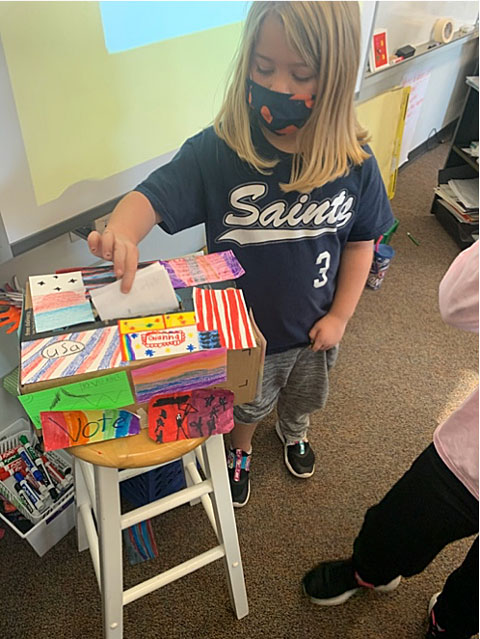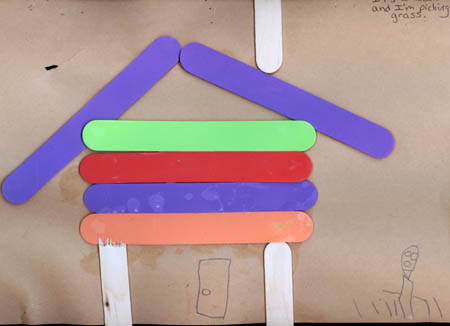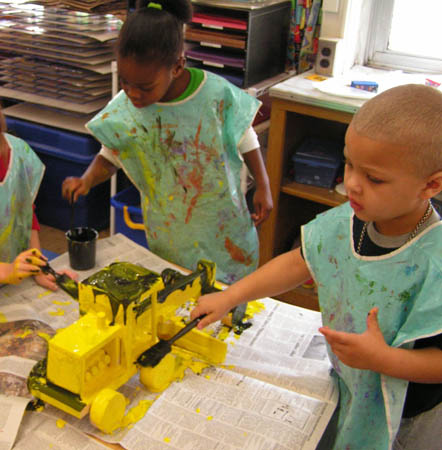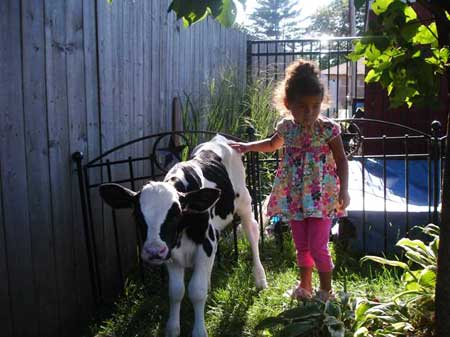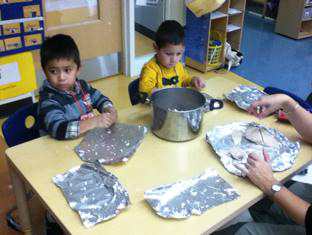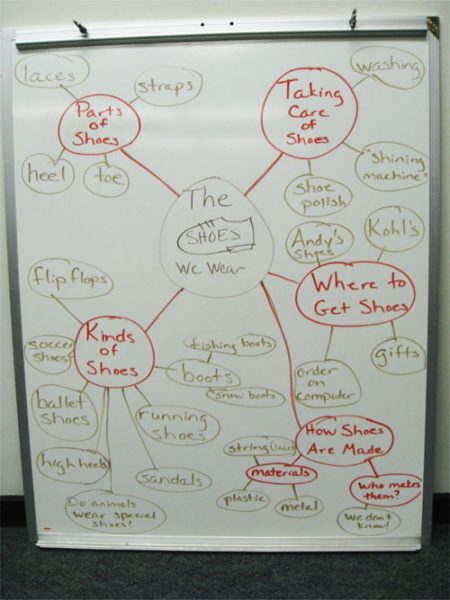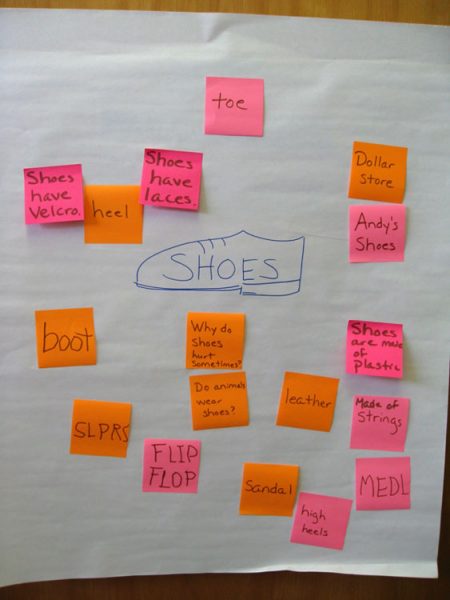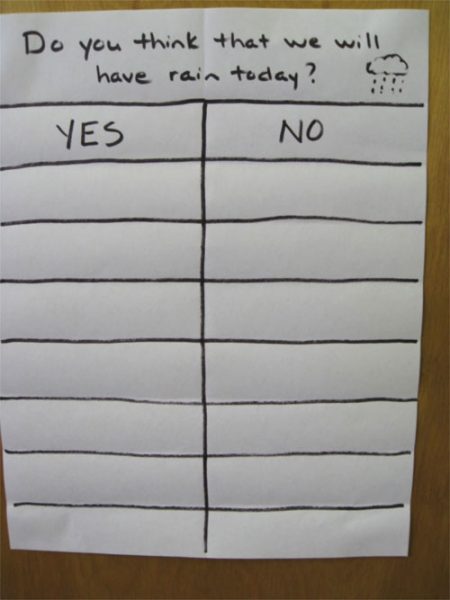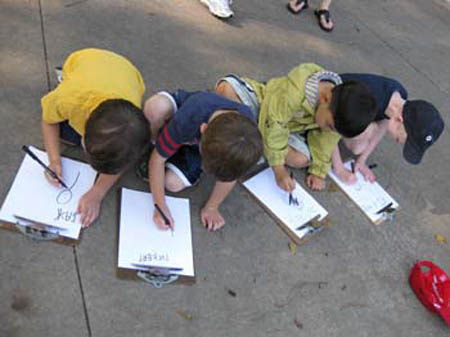Keyword: Classroom Activities
-
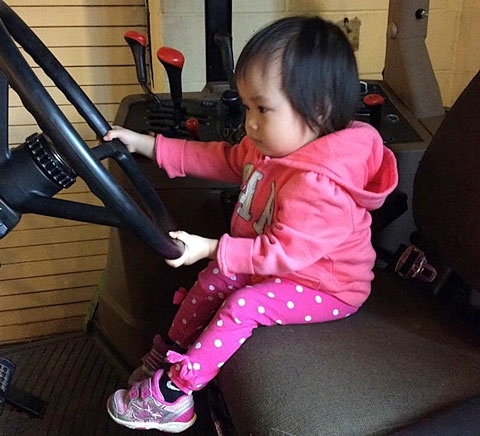
Exploring Project Work Through the Eyes of Toddlers and Twos
Teachers often ask if, and how, the very young children in their care can do project work. They may work in a center where prekindergarten children and their teachers are doing project work. As they watch the projects of these older children unfold, they might question whether it is possible to adapt project work for…
-
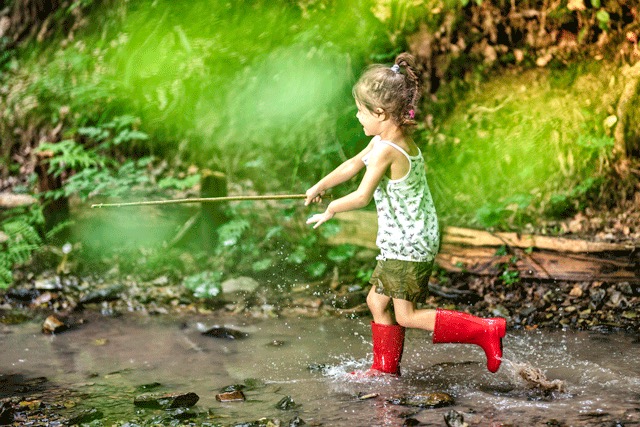
The Project Approach: Resources for Teachers
Find Project Approach resources.
-
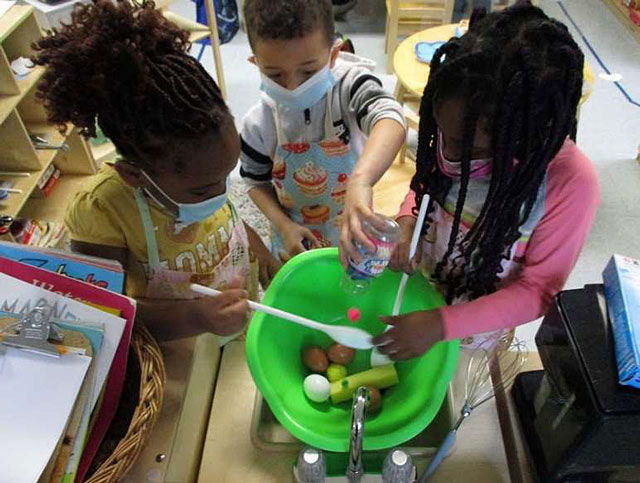
Recipes for Learning: A Baking Project
The topic of baking began to generate interest in the classroom after one child began baking with his grandmother at home.
-
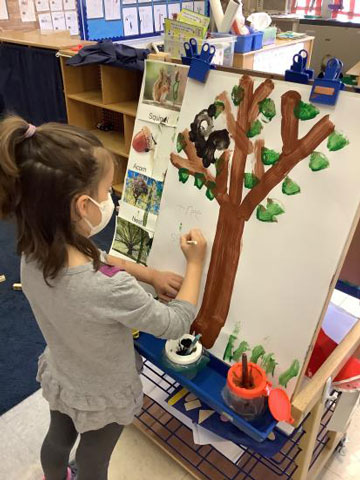
The Squirrel Project
The Squirrel Project took place in an early childhood center that serves students ages 3–5 through morning and afternoon sessions. Program funding is provided by the local school district, statewide Preschool for All, and tuition. Of the 26 students who participated, six had Individualized Education Programs (IEPs) and five were dual language learners.
-
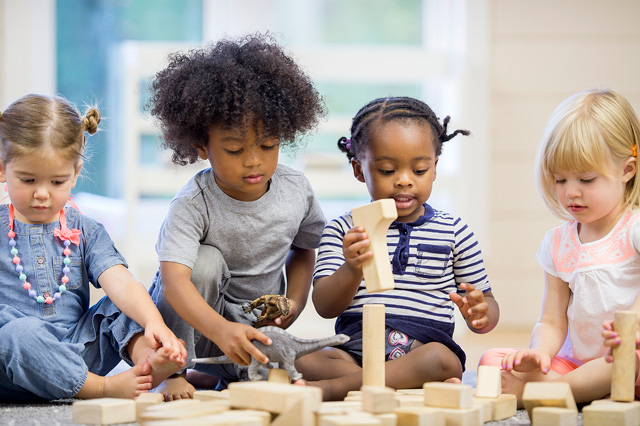
Developmentally Appropriate Practice
Developmentally appropriate practice (DAP) promotes the development (social, emotional, physical, health, cognitive) and general learning of each child served. Developed by the National Association for the Education of Young Children (NAEYC), the 2020 Developmentally Appropriate Practice (DAP) Position Statement gives educators guidelines and recommendations for implementing DAP with children ages birth through age 8. This…
-
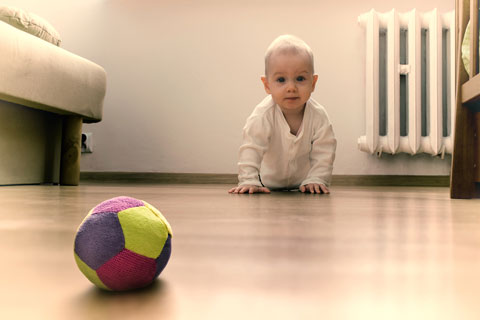
Curiosity and Initiative
This section describes how infants and toddlers use all their senses to learn about their world.
-

Problem Solving
This section describes how infants and toddlers learn to solve problems and consider the results of their actions.
-

Persistence, Effort, & Attentiveness
This section describes how infants and toddlers use their early experiences to develop the ability to focus on and complete simple tasks.
-
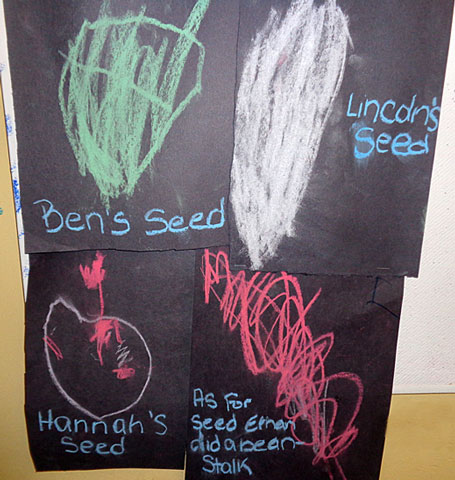
Implementing the Project Approach in Inclusive Classrooms
On this podcast we talk with Dr. Sallee Beneke, an associate professor of early childhood education at St. Ambrose University, where she teaches courses in early childhood education and early childhood special education.
-

Coaching Others in Implementing the Project Approach
The Project Approach engages and motivates diverse groups of young children to learn and use higher order thinking skills, so it is a wonderful addition to the curriculum. But learning how to implement the Project Approach can be challenging for teachers, perhaps because it is best learned “in the action” through hands-on experience and experimentation.…
-
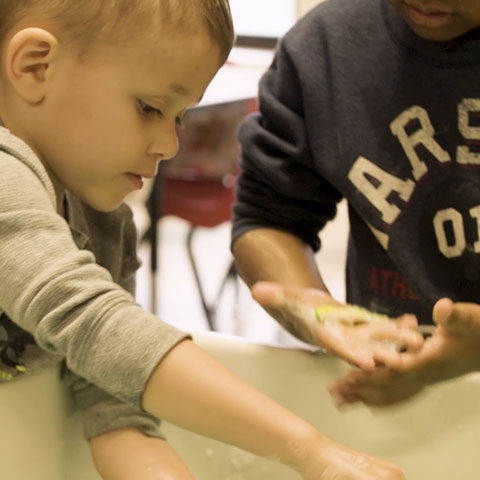
Exploring the Sensory Table
In this video, we watch Cameron and Anthony, both age 4.5 years, as they play at the sensory table in their classroom. Children enjoy exploring materials with their senses. A sensory bin or table is a place teachers can set up opportunities for children to do this type of exploration in the classroom while containing…
-
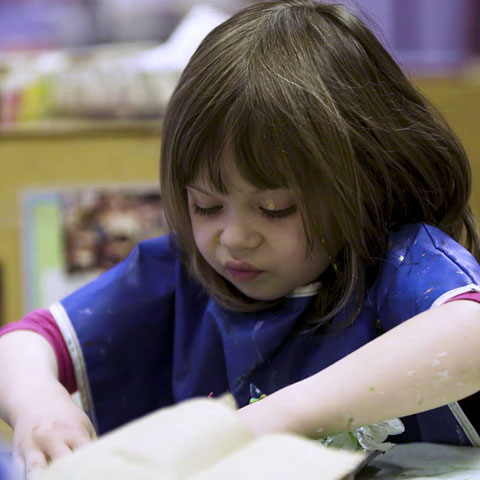
You’ve Got Blue Hands
Visual arts provide opportunities for children to use their fine motor skills to express their creativity. Children are active investigators as they explore color mixing and texture. Visual arts activities spark conversations where children can appreciate the expressions of others.
-
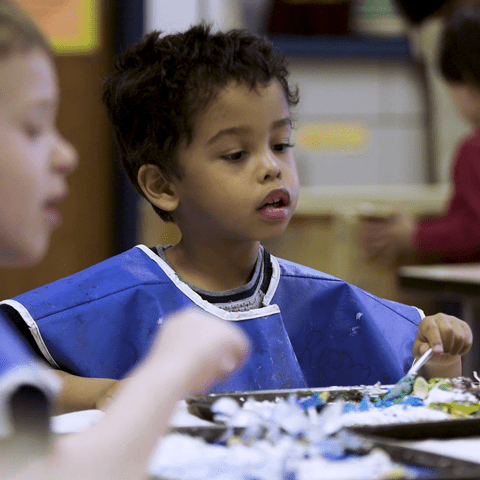
Looks Swampy
In this video, we watch several students conduct an experiment with glue, food coloring, and water. The teacher encourages the children to actively explore the materials, think about what is happening, and describe the experience.
-
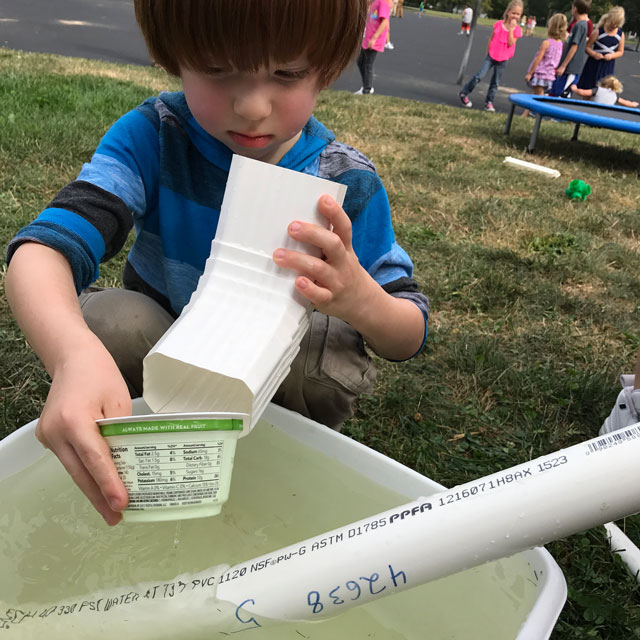
“Where Does the Water Go?” Investigating Pipes and Plumbing
Kim Burd and Laura DeLucaJohn L. Hensey Elementary SchoolWashington, IL The Pipes Project took place in an inclusive early childhood classroom that holds two sessions each day; children attend only one session. The classroom also has an assistant teacher. The curriculum is play-based and experiential in nature. Topics of study are chosen based on children’s…
-

Pass the Ball Versus Pass the Remote: Supporting Preschoolers’ Physical Activity
Nationally we have witnessed increased rates of childhood obesity and the use of technology by young children, which has resulted in less time engaged in physical activity.
-

Get Growing With Your Young Children
Spring is a wonderful time to “get growing” with young children. Children are eager to observe the outdoors during the change from winter to spring. Grass changing from brown to green and the buds appearing on the trees sparks children’s curiosity.
-
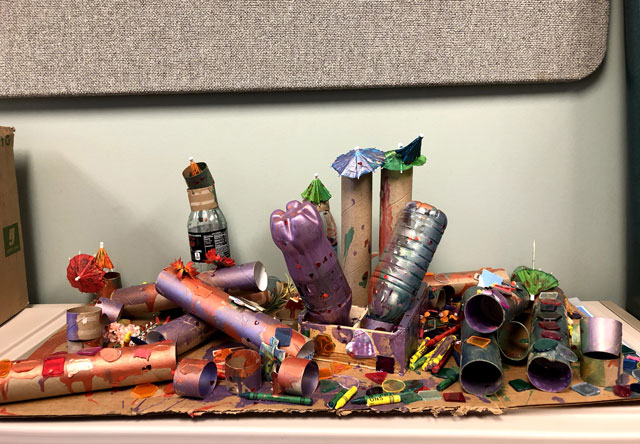
Challenge Young Artists to Create in Three Dimensions
When young children create visual art, they explore and experiment with the properties of materials. Some classic examples of developmentally appropriate art opportunities for children include drawing with crayons, painting at an easel, or creating a paper collage. These types of art experiences allow children the opportunity to explore in two dimensions of space.
-
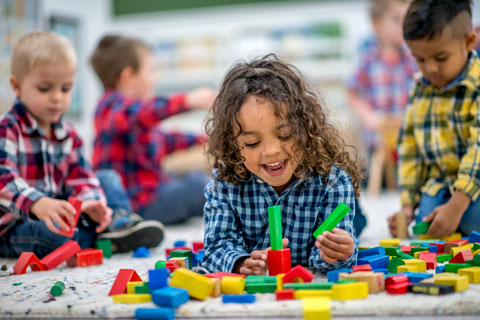
Process Play and STEAM: Getting Started
On this podcast, we are joined by Michelle Patt, an early childhood educator, consultant, and writer. Her work emphasizes STEAM (science, technology, engineering, arts, and mathematics) learning through exploration and experimentation. She writes about the integration of art and science into preschool classroom activities to encourage children’s problem solving and innovation. Michelle is preschool supervisor at…
-
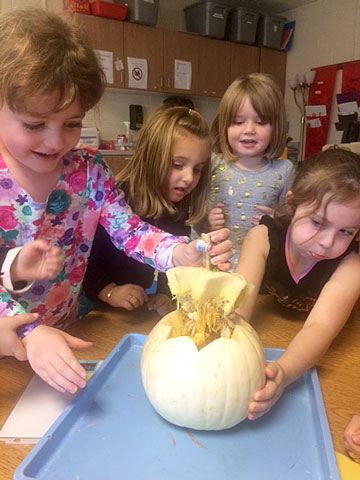
The Pumpkin Project
Meredith Kennedy and Michaela Martens Bridgeview Elementary School LeClaire, Iowa This project was an investigation of the afternoon preschool class at the Pleasant Valley Preschool Program. Our program serves children ages 3 to 5. The classroom is inclusive and made up of 17 students. The Pumpkin Project began in October and lasted until the end…
-
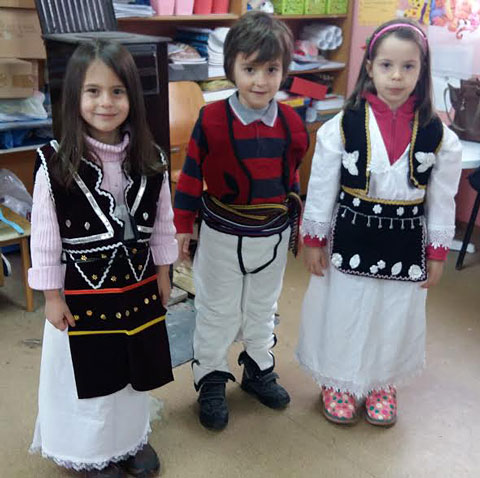
Traditional Costumes Project
Şermin Metin, Nilüfer Darıca, and Zerrin MercanHasan Kalyoncu University, Gaziantep, Turkey The Traditional Clothes Project was the result of a research study that was undertaken in Pristina, the capital and largest city in Kosovo. The aim of the research study was to provide training for Kosovan Turkish teachers to embed 21st century skills in their…
-

Explore STEAM with Young Children
This list contains a variety of resources associated with making messes while exploring STEAM for young children.
-
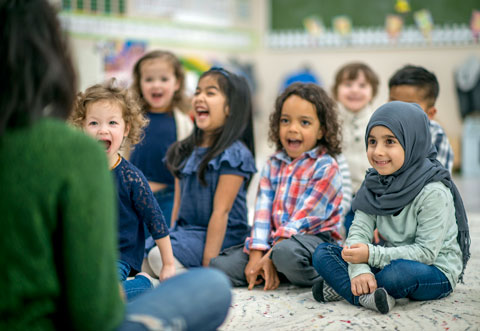
Adjusting Pace and Location of Project Work
By adjusting the pace and location of the project work to the developmental levels and experience of the children, teachers can begin to engage them in project work soon after they join the class, even at the beginning of the school year.
-
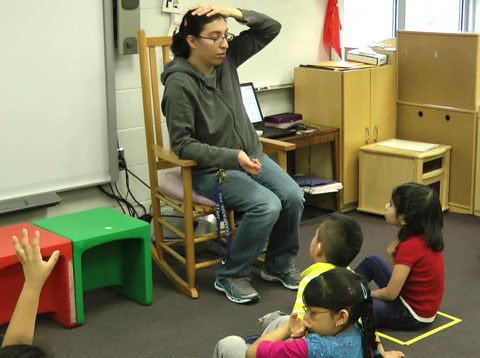
Retelling “Caps for Sale”
Children gain great comprehension and communication skills when they have the opportunity for rich discussion during read-aloud times. Stories read aloud also can provide opportunities for children to use their memory skills and retell stories with their peers and teachers.
-

Talking About Numbers and Letters
In this video, 4-year-old Martín plays with letters in a bilingual prekindergarten classroom, where teachers provide instruction in both Spanish and English.
-

Mathematize! (audio)
This podcast, based on a blog written by Dr. Rebecca Swartz, provides ideas for helping young children use mathematical thinking in everyday routines. To see the main text of the podcast, you can read the original blog post. Related IEL Resources Blog: Mathematize! Tip Sheet: Counting Up, Down, and All Around! Tip Sheet: Discover Shapes…
-
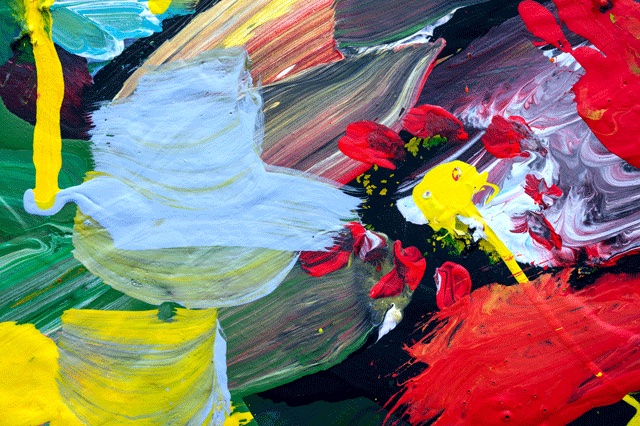
The Project Approach: Display and Documentation Techniques
This list contains a variety of resources associated with the project approach, as well as display and documentation techniques for parents, caregivers, and teachers.
-

Children’s Play – More than Fun and Games
This list contains a variety of resources which can aid teachers, parents, and caregiver in providing a diverse selection of play options for children which promote skill development.
-

Saying ‘No’ to Your Child
This list contains a variety of resources associated with saying ‘no’ to your child.
-
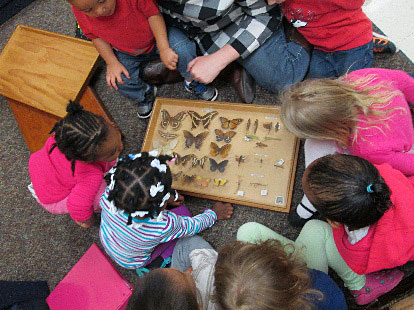
Discovering the World of Insects on the Playground
Kendra Nenia and Denise FennNorthern Illinois University Campus Child Care Center Our project was completed in a full-day childcare classroom at Northern Illinois University’s Campus Child Care Center. The children in the classroom were 2 and 3 years old. The study lasted six weeks.
-

Parallel Talk: A Simple Way to Provide English Vocabulary
Children’s families are a strong source of support for promoting the home language in classrooms and other caregiving settings.
-
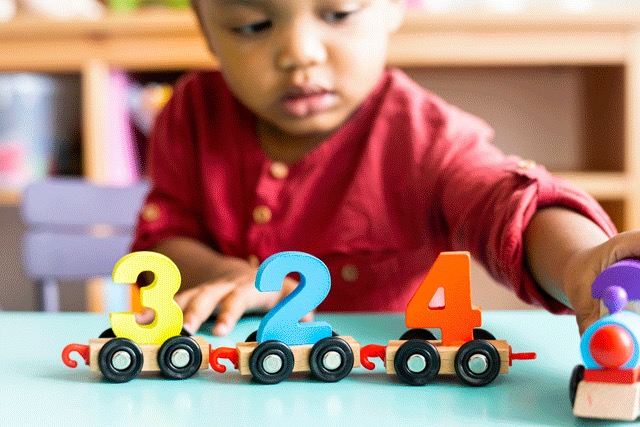
Mathematize!
One, two, three! Hearing young children begin to count is exciting! As families and caregivers listen to a child’s little voice say number words in order, they feel pride and joy in the child’s learning.
-
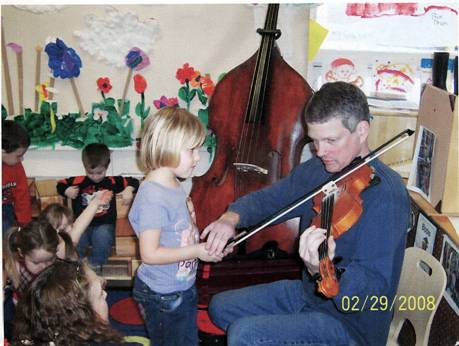
The Music Project
Michele Baird and Jean StaffordDeSoto Prekindergarten, DeSoto Grade SchoolDeSoto, Illinois DeSoto is a small rural town in Jackson County located approximately 10 miles from Southern Illinois University. DeSoto Grade School is a feeder school to Carbondale District #95, which is one of the larger school districts in southern Illinois and houses prekindergarten through eighth grade.…
-
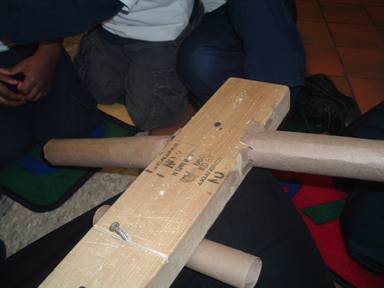
Up Up and Away: The Airplane Project
Kimberly CurialeIrving SchoolMaywood, Illinois Irving School is located 13 miles west of Chicago in Maywood, Illinois. We are part of School District 89, which includes Maywood, Melrose Park, and Broadview. The 3-, 4-, and 5-year-old children of Irving’s prekindergarten classes reside throughout the district. The district has four preschool classes, both with a morning class…
-
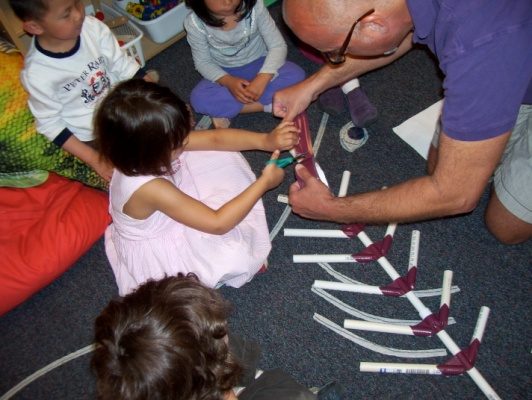
One Fish, Two Fish, Red Fish…NEW Fish: A Preschool Fish Project
Scott Brouette Western Illinois University Preschool Center Macomb, Illinois The University Preschool Center is located on the campus of Western Illinois University in Macomb, Illinois. The children are ages 3-5 years and are children of university faculty, staff, and students. Most of the 21 children attend full days, 5 days per week. The center is…
-
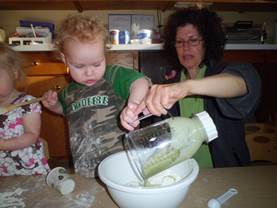
Cooking with Spinach
Shalan Knapke, Gail Lawrence, and Mindy MosesThe Honeybee Room: Infants and ToddlersSt. Ambrose University Children’s CampusDavenport, Iowa The Cooking with Spinach Project took place in the Honeybee room, the infant/toddler classroom of St. Ambrose Children’s Campus, which is part of St. Ambrose University in Davenport, Iowa. Children in the Honeybee room attend eight hours a…
-
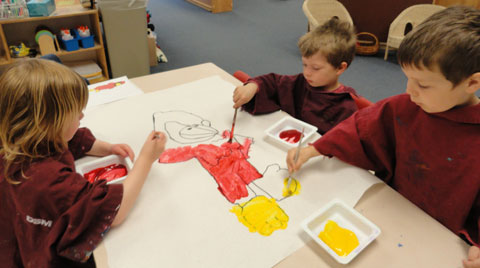
How Do People Celebrate Birthdays?
Lisa Lee and Pam MorbitzerIllinois State University Child Care CenterNormal, Illinois The How Do People Celebrate Birthdays Project took place in a multiage classroom at the Illinois State University Child Care Center in Normal, IL. The center offers full- and part-time care for children ages 3 to 5. The ISU Child Care Center has three…
-
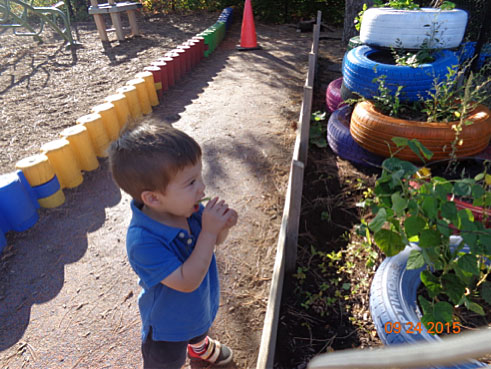
Garden Project Sprouts From Simple Question: “What’s That?”
Mary Klug, Deb Wintrip, and Simone HaughtonOwl Child Care Services–Lincoln RoadWaterloo, Ontario The preschool Garden Project started mid-April 2015, while the new shoots where coming up out of the ground. The project lasted until late August 2015, when the harvesting of our garden was completed. The preschool children ranged from 2.5 to 4 years old.…
-
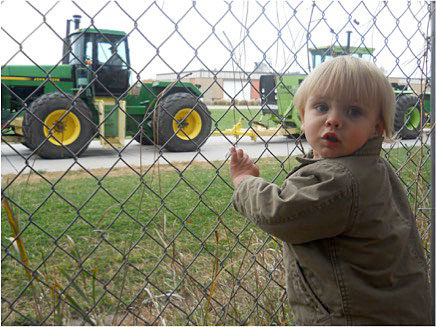
The Tractor Project: Noisy Neighbors Lead to Investigation
Erin Hamel, Mollie von Kampen, Sara Dolezal, Brianna Kennedy, Ashley McConnell, and Jordyn NikkilaRuth Staples Child Development LaboratoryLincoln, Nebraska The Tractor Project was completed in the younger classroom of the Ruth Staples Child Development Laboratory at the University of Nebraska–Lincoln. The laboratory serves children ages 18 months through 5 years old. This classroom includes children…
-
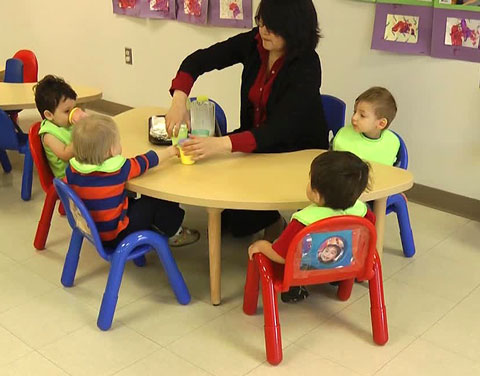
Snack Time
This interaction demonstrates the teachers’ cooperation and understanding of their roles in classroom management. It also demonstrates appropriate teacher-child interactions at the snack table.


